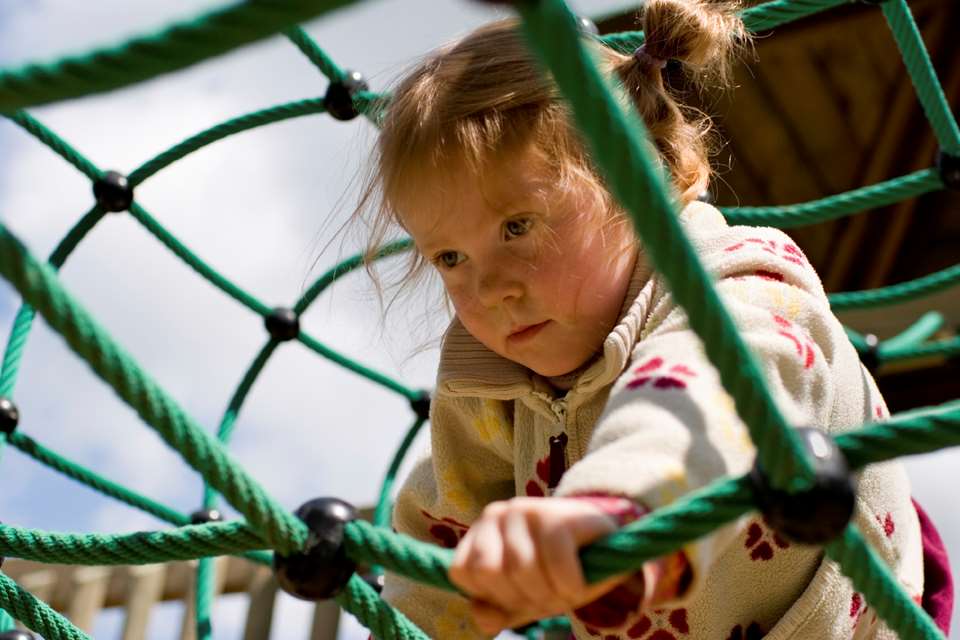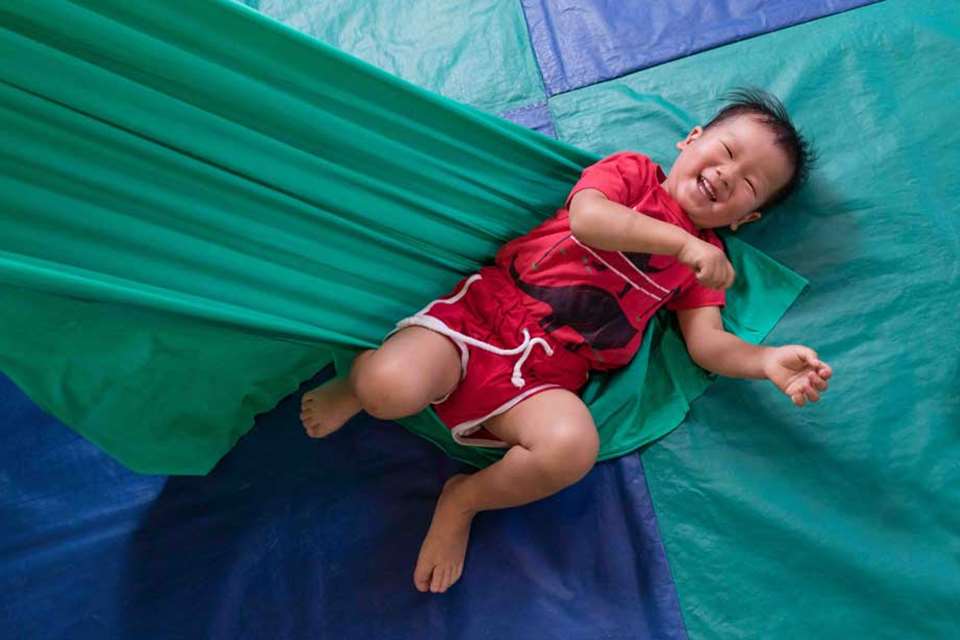Health & Well-Being - Taking action
Monday, May 27, 2019
What are the latest guidelines and opinion when it comes to physical activity? Meredith Jones Russell reports

[asset_library_tag 2039,Download the PDF of this article]
The World Health Organization (WHO) has released physical activity guidelines for children under five, providing recommendations for the amount of time they should spend being physically active or sleeping each day, as well as the maximum time advisable in front of screens.
The guidelines are the first of their kind for the age group, as the WHO’s Global Recommendations on Physical Activity for Health, published in 2010, made no mention of children under five. The guidelines will be updated after ten years, while the UK physical activity guidelines are expected to be updated by the Chief Medical Office in September this year.
LONG OVERDUE
Dr Lala Manners, director of Active Matters, says the WHO guidelines provide support for young children’s health and well-being that is well overdue.
‘Ten years ago, this document would have made a massive difference,’ she says. ‘Although, quite frankly, it comes a bit late in the day now, it is certainly a case of better late than never.
‘It is really, really critical to have an international document like this, which is properly researched and put together and takes children’s health seriously as a holistic package, covering a whole spectrum of factors over a 24-hour period such as moving more, sitting less and sleeping well, which all feed into supporting children’s overall health and well-being.’
Dr Manners adds the guidelines are relevant to all adults who have a stake in young children’s upbringing. ‘The document spreads responsibility across everyone who plays some role in children’s lives; not just holding parents or practitioners alone responsible. The guidelines as a whole are aspirational but not impossible. They are perfectly achievable.’
STORIES AND SCREEN TIME
As part of the guidelines, the WHO also recommends that all age groups engage in reading and storytelling activities with a caregiver during any sedentary time during the day, another aspect that is welcomed by Dr Manners.
‘One great aspect of the guidelines is the focus on making sedentary time more productive; encouraging children to be filling time when they are not physically active doing interesting and life-enhancing things,’ she explains.
Lorraine Kaye, retired senior lecturer at Middlesex University and editor of Young Children in a Digital Age, argues screen time could fall into this category too, and therefore should not be fully off limits for young children. Ms Kaye agrees with the Royal College of Paediatrics and Child Health (RCPCH), which says the restricted screen time limits suggested by the WHO are disproportionate to the potential harm screen time might cause.
‘It is just such a nonsense in this day and age to say no screen time at all,’ she explains. ‘It’s unrealistic. I’m certainly not an advocate of using screens all day, but not everything on a screen is rubbish. Children are living in a digital age where they see screens all around them. Screens showing information for parents might be the first thing they see when they come in to nursery.
‘No-one wants to delay child development, but research has shown that fine motor skills, among other things, are helped by some use of screens.’
Ms Kaye argues the emphasis should be on encouraging sensible use of screen time. ‘Many adults would like more advice on the best ways to use screens with young children rather than just being told not to use them at all. Screen time doesn’t have to be passive. If you talk to children about what they are doing and use it to build on their interests, it becomes interactive.
‘Some children act things out in physical play which they have seen on screen. Nowadays they can go from one to the other seamlessly. I have watched a boy set up his cars on the floor and race them round a room in front of cars racing on screen.
‘I wouldn’t put time limits on screen use, but instead provide more guidance about what good screen time is.’
BIGGEST OBSTACLE
Meanwhile, Dr Manners argues it is what is not in the WHO’s report that provides the biggest obstacle to successfully combating physical inactivity.
‘We have no mechanisms by which to implement these guidelines,’ she explains. ‘In South Africa, for example, these principles are embedded in the curriculum, whereas here they are not.
‘We thought the CMO’s guidelines were going to be embedded in the EYFS framework many years ago, but they have been buried on page eight in a little footnote as a resource that “providers may wish to refer to”. This means Ofsted can’t respond; they can’t ask how settings are supporting recommendations if they aren’t there in the framework. There needs to be a clear link made between the guidelines and the curriculum.
‘It could take forever to get these mechanisms in place, but the problem with children’s health is that we don’t have forever. But if we find a way to get these guidelines implemented properly, they could make a real difference.’
WHO DAILY RECOMMENDATIONS
Under one year old
Physical activity At least 30 minutes, including different types of activity, with interactive floor play emphasised. For children not yet mobile, activity should include at least 30 minutes of tummy time.
Time spent restrained (for example, in prams, highchairs or slings) No more than one hour at a time.
Screen time None.
Sleep 14 to 17 hours for children between 0-3 months, 12 to 16 hours for children between 4-11 months, including naps.
One to two years old
Physical activity At least 180 minutes. This can be at any intensity, including moderate to vigorous activity, spread throughout the day.
Time spent restrained No more than one hour at a time.
Screen time None for one-year-olds and no more than one hour for two-year-olds.
Sleep 11 to 14 hours, including naps.
Three to four years old
Physical activity At least 180 minutes. At least 60 minutes should be of moderate to vigorous intensity.
Time spent restrained No more than one hour at a time.
Screen time No more than one hour.
Sleep Ten to 13 hours, which may include a nap.
MORE INFORMATION
WHO’s guidelines, https://bit.ly/2GDc46M
UK physical activity guidelines, https://bit.ly/1iAwQ0x
EYFS framework, https://bit.ly/2HRJ0Yc
Nursery World story, https://bit.ly/2GGFgtR










